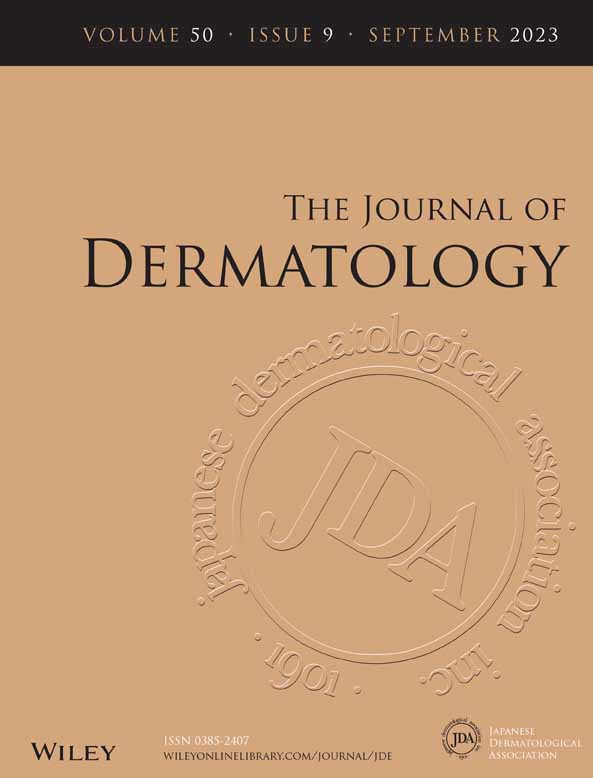Modified trilobed transposition flap for a distal nasal defect
Abstract
Reconstruction of a distal nasal defect is challenging due to poor skin mobility and the potential for nasal alar retraction. A trilobed flap can utilize more mobile proximal skin, increase the total rotational arc, and decrease the tension associated with flap transposition. However, the trilobed flap may not be ideal for distal nasal defects because each flap is designed using immobile skin, which may lead to flap immobility and free margin distortion. To overcome these problems, the base and tip of each flap were extended further from the pivot point than those of the conventional trilobed flap. Herein, we report the use of the modified trilobed flap to treat 15 consecutive cases of distal nasal defects that occurred from January 2013 to December 2019. The mean duration of follow-up was 15.6 months. All flaps survived completely, and satisfactory aesthetic outcomes were achieved. No complications such as wound dehiscence, nasal asymmetry, or hypertrophic scarring were observed. The modified trilobed flap is a simple and reliable treatment for distal nasal defects.
CONFLICT OF INTEREST STATEMENT
The authors declare no conflicts of interest.




